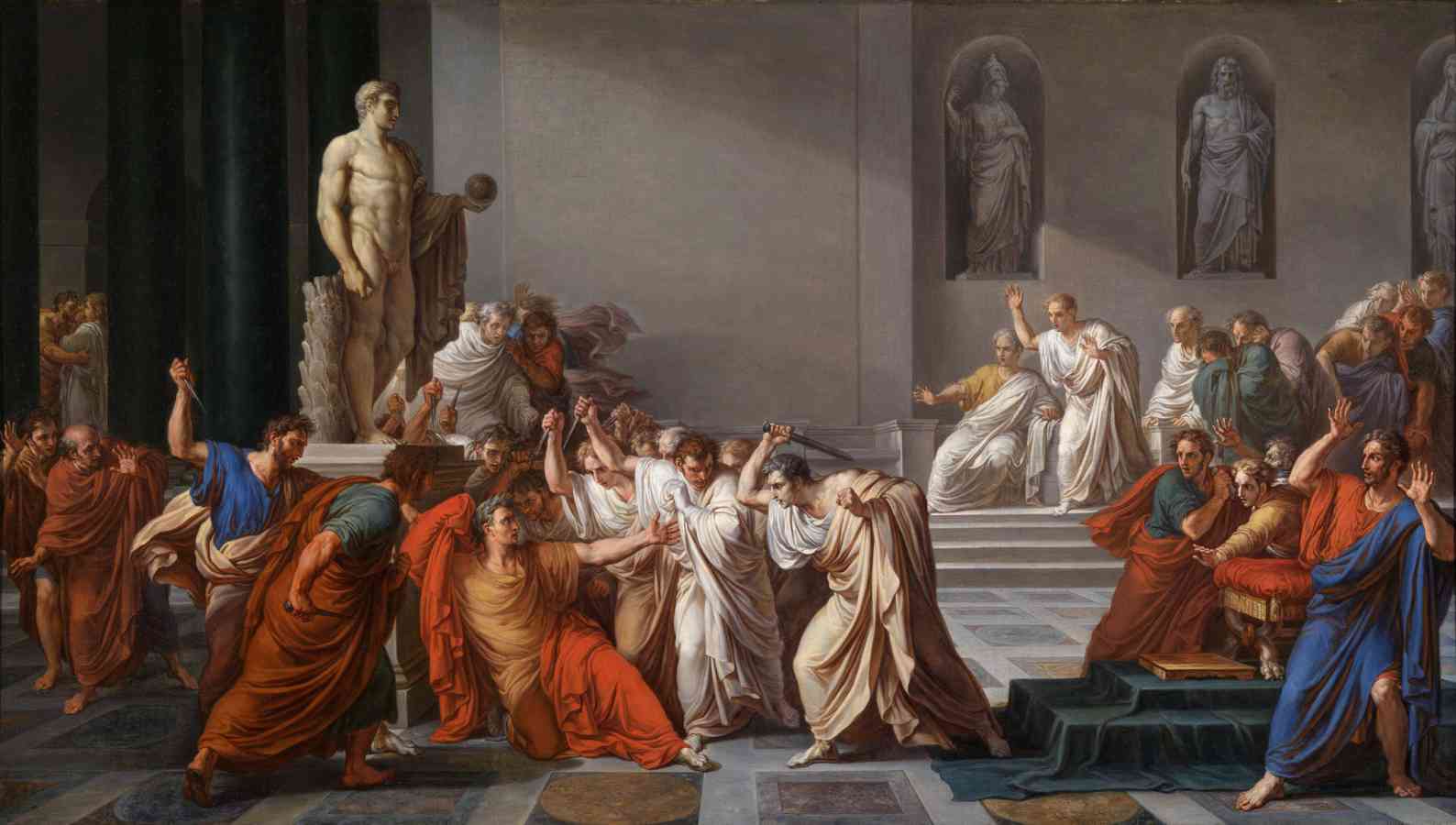Hungary observes 1848 Revolution Memorial Day on March 15 each year. On this day, Hungarians rallied against the Austrian empire, demanding independence from the Habsburg Monarchy and instituting the “12 Points” political reforms. The Habsburg Monarchy gradually conceded to the revolutionaries’ demands, allowing them to establish a government and appointing a Hungarian prime minister in exchange for a degree of political independence. Despite the fact that the revolution was not a complete success, it planted the seeds of nationalism in the hearts of Hungarians and gave them faith that one day they would triumph over their oppressors.
The background of 1848 Revolution Memorial Day
In 1848, a surge of liberalism swept across Europe, upsetting the status quo in nations such as Germany, Italy, France, and Hungary. Hungarians believed that the absolutist system established during the Napoleonic conflicts did not serve their best interests. They were dominated by the Austrian empire, which resisted political and administrative reform. Their feudal estate-based bureaucratic system put Hungary completely under Vienna’s control. The Hungarian State Assembly never met, while members of the national opposition were persecuted and censored by police.
In the 1830s, liberal intellectuals and politicians initiated the formation of a nationalist movement. All Hungarians, from aristocrats to peasantry, yearned to renew their nation by dismantling the old feudal systems and reforming the economy. The participation of citizens in political activities increased. The nationalist movement was spearheaded by Lajos Kossuth. He was a radical politician intent on gaining independence from the Austrian empire. Kossuth delivered an impassioned address on March 3, 1848, in which he demanded the adoption of a constitution, the formation of a government that answered to the parliament, and the urgent implementation of a liberal reform program. This passionate speech ignited the revolution.
On March 15, a revolt led by students and liberal activists began in Pesta. Even though the liberals established their own government and abolished feudalism, the revolution did not achieve all of its objectives. The Austrians retreated momentarily to Vienna before returning to Budapest in August 1849 with Russian reinforcements and quickly crushing the rebellion and its leaders. Hungary was placed under martial law, and thirteen generals who commanded nationalist forces were executed. Despite its failure, the revolution of 1848 was the longest and most successful of the European revolutions at the time.
Belarus Constitution Day 2023: Date, History, Facts about Belarus
5 INTERESTING FACTS ABOUT HUNGARIAN HISTORY
Before the unification of Anglo-Saxon kingdoms and the separation of France and Germany, Hungary was founded in 897 A.D.
In the year 1000, the Hungarian kingdom was one of Europe’s largest nations, even larger than France.
Once a part of the Celtic realm, Hungary was eventually absorbed by the Roman empire.
After the execution of each of the 13 Hungarian generals following the failed revolution of 1848, Austrians clinked their glasses; Hungarians viewed this as an affront and continue to do so to this day.
In 1083 A.D., King Stephen I of Hungary was declared a saint, becoming their patron saint of monarchs.
People Power Revolution 2023: Date, History, Facts
1848 REVOLUTION MEMORIAL DAY DATES
| Year | Date | Day |
|---|---|---|
| 2023 | March 15 | Wednesday |
| 2024 | March 15 | Friday |
| 2025 | March 15 | Saturday |
| 2026 | March 15 | Sunday |
| 2027 | March 15 | Monday |



